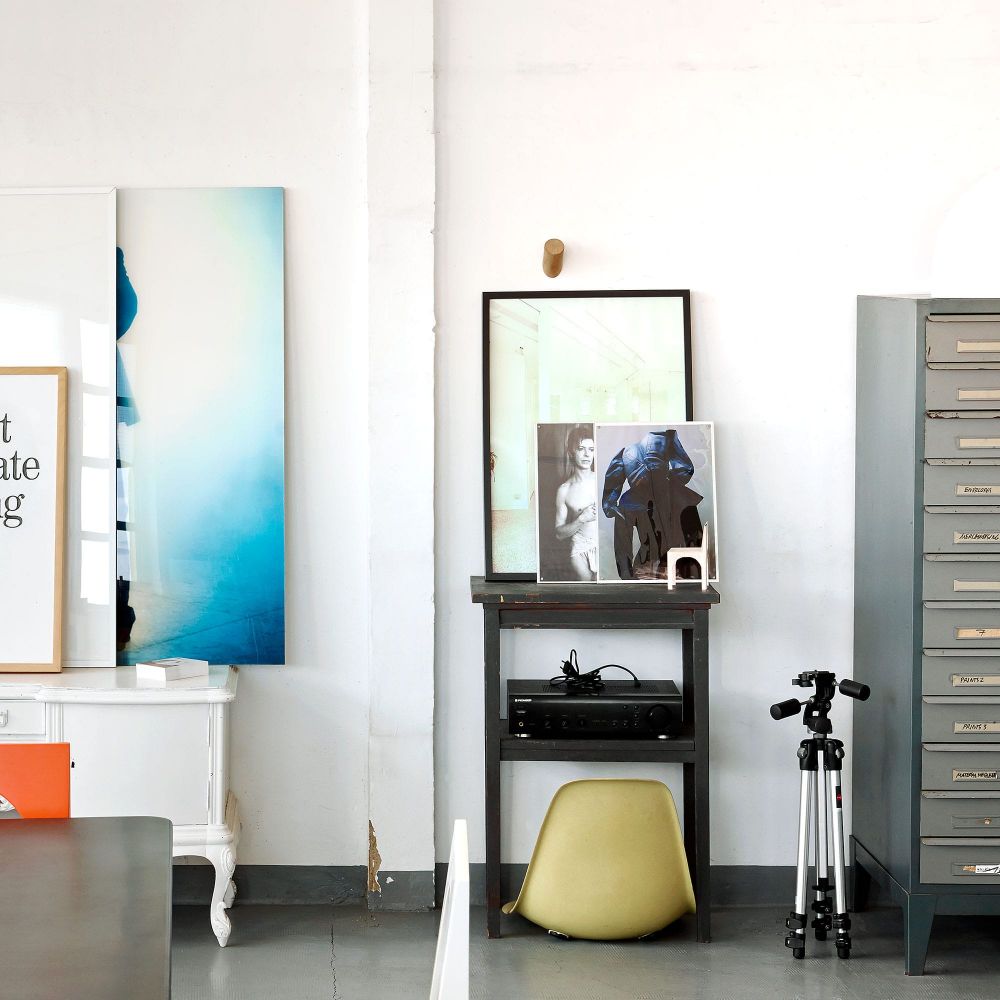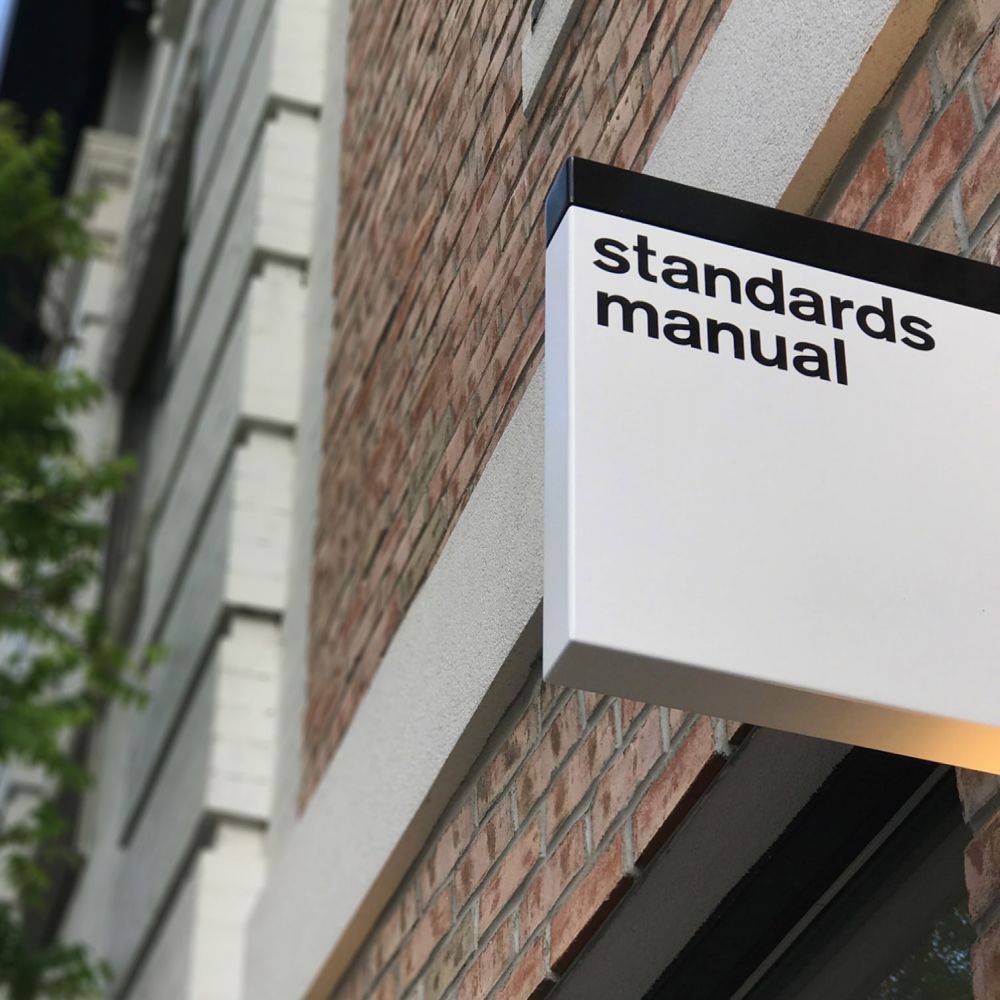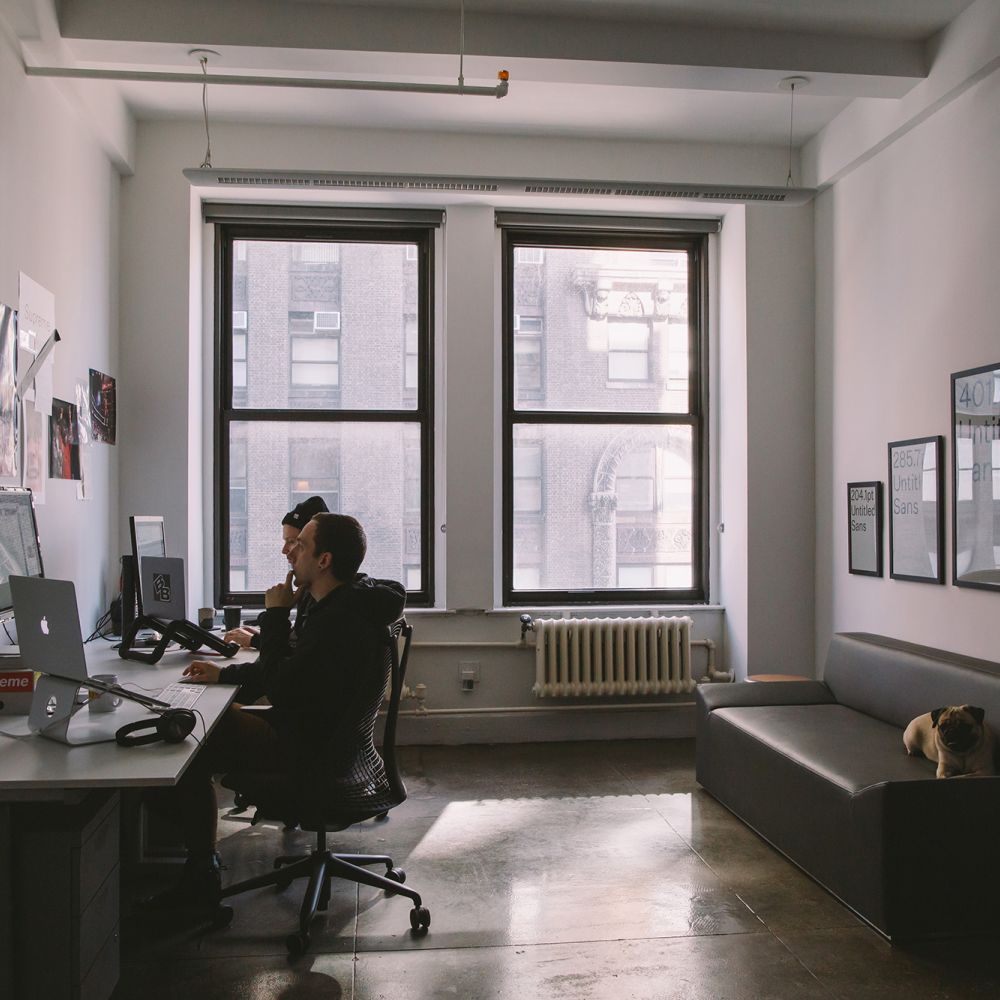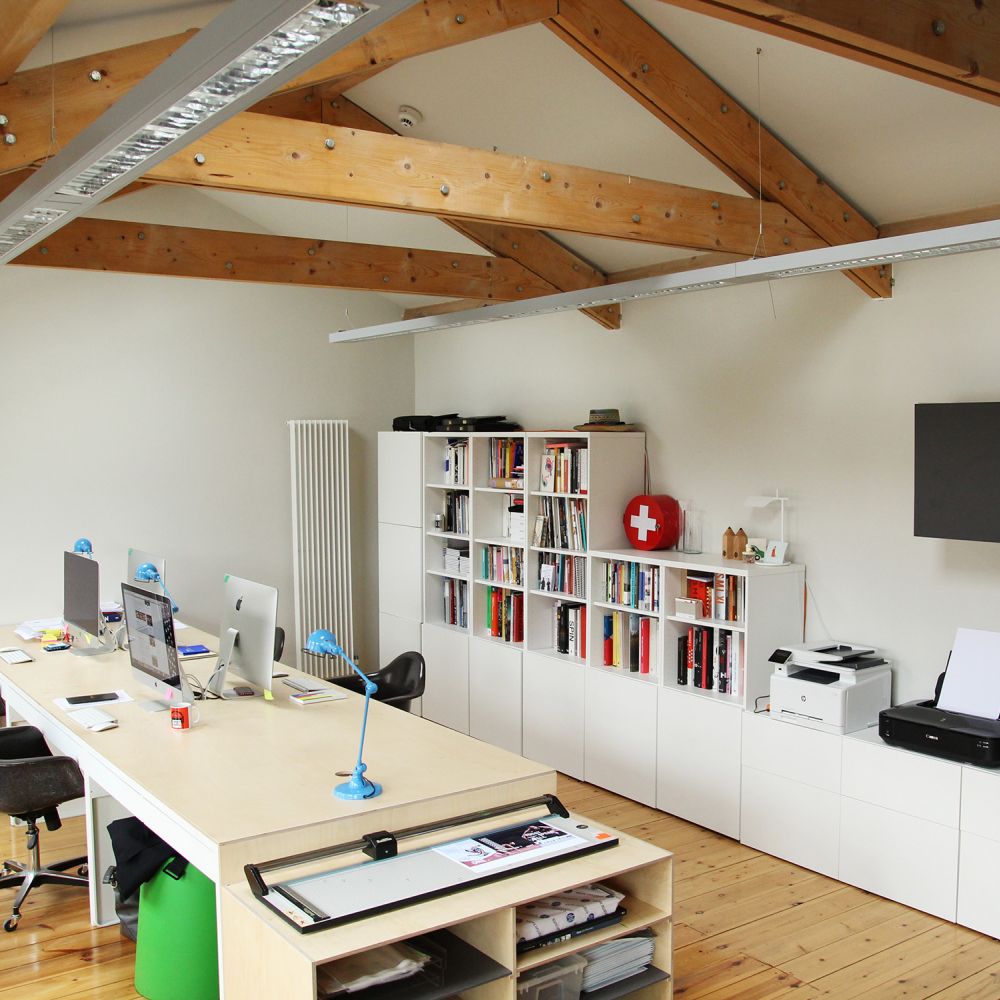
Michael C. Place, Founder
After building a reputation for his record sleeve designs, Michael C. Place needed a break from design. Taking a year to travel the world with his wife, Michael, upon his return to England, officially launched his design practice Build. 18 years later, Build has grown into a reputable studio in the field of design. Michael chats with us about working with his wife, relocating his studio, and finding your design style. This interview was conducted via email in March 2018.
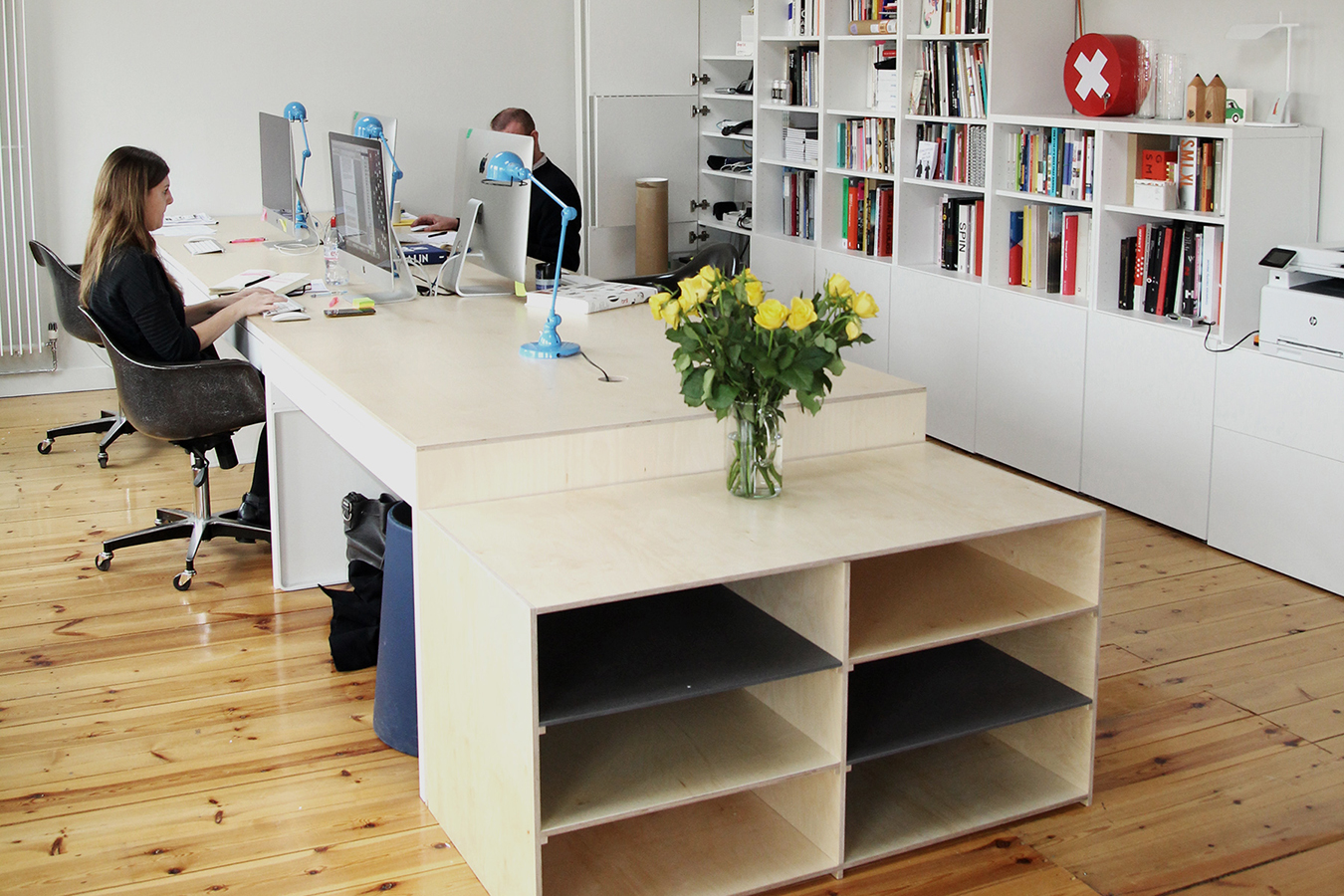
You’ve made risky moves in your career; leaving an established studio, not completing your design degree, and starting Build with no clients. But you still created a successful design career that most would dream of having. What’s the secret?
Thank you. The secret? A lot of hard work, long hours—a lot of long hours. But the real secret is that I genuinely love the work. I love working with clients; I love the process of design. It's super rewarding. We have had our fair share of ups and downs, and it's definitely not been easy in parts. People generally only see the good side of studios. We’ve tried to be honest over the years about how tough running a design business can be. We have a small saying here at Build: do good work for good people. Some people might think that very naive, but it's what we try and live by. It doesn’t always work out, but for the most part, it has. I count us very lucky to be able to work with the clients that we do.
You came from a very respectable studio where you built a reputation for your record sleeve designs. Citing a feeling of being burnt out, you left The Designers Republic (TDR). I often read about designers falling victim to this feeling of being burnt. Is it more a lack of motivation than being burnt out, or falling victim to complacency?
I can only talk about my experience of starting to feel a little burnt out. When at TDR we worked extremely hard, very long hours and quite a few all-nighters. This wasn’t forced on us in any way, we just loved the work. It was an exciting time to be in graphic design. The work we were doing was extremely experimental. It was a buzz. But towards the end, I felt that I needed a break and ultimately start my own thing. Complacency wouldn’t be a word I would ever associate with burnout.
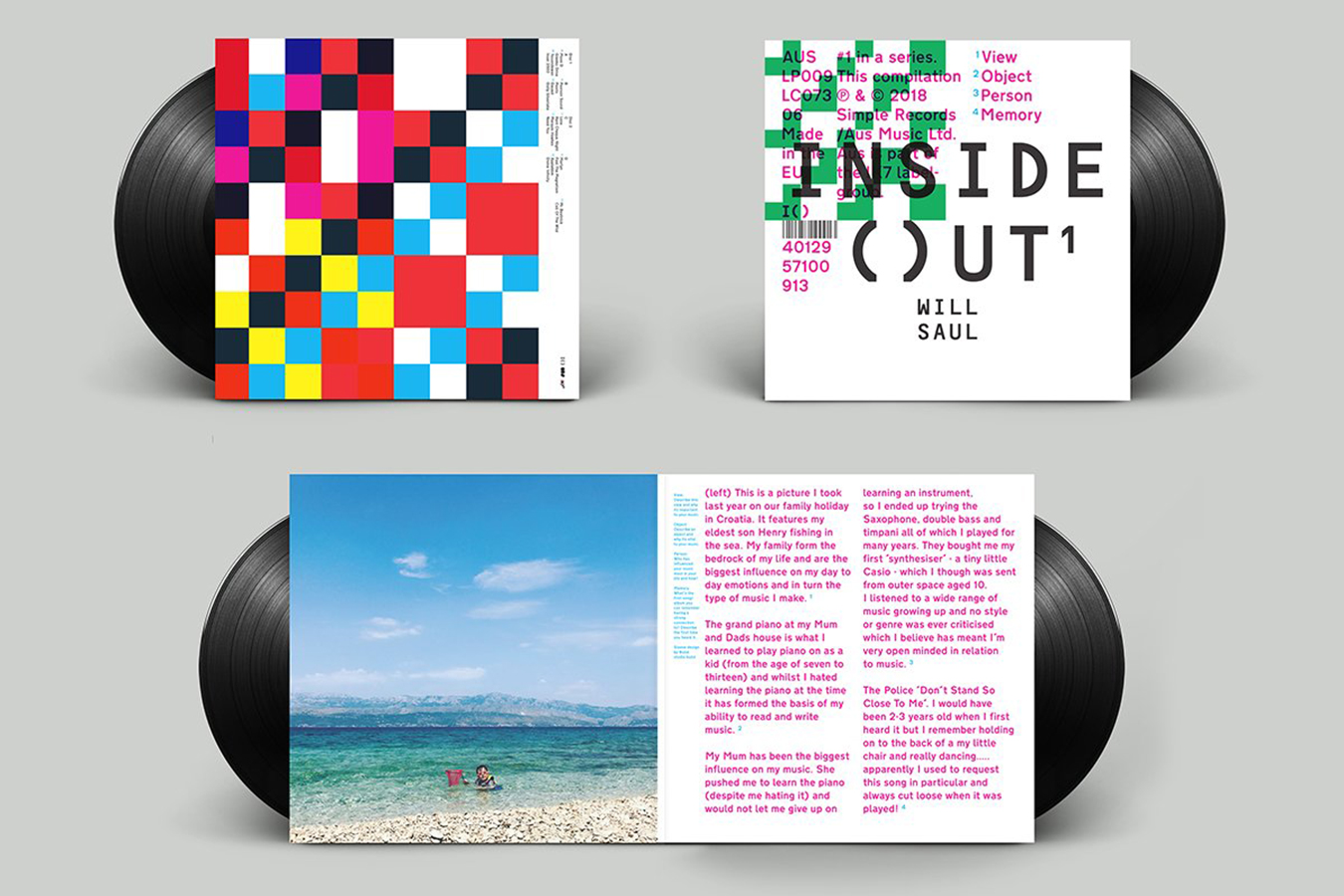
After a year of traveling and a break from designing, you started Build with no clients. How did you keep Build alive during the early years?
I was very lucky in that Nicky got a job back at Sony Computer Entertainment Europe (Playstation basically). Her wage enabled me to take on projects at the start for very little money and build up a reputation for the studio. Without that wage from Nicky, I’m not entirely sure where Build would be. Maybe it just wouldn’t exist. I personally am extremely grateful to Nicky for those early years.
Was there ever a moment when you contemplated calling it quits? How did you fight through it?
Yes. Over the years I have contemplated working for other companies, other brands, and working abroad. These times generally came when the business was in a bit of a lull. But then we fought our way back and those thoughts dissipated. At some point, I think I’d really like to teach Graphic Design, but that would be a few years yet. I still feel I can contribute good work to the world; I’m still enjoying commercial/paid work.
When you started Build was it a spontaneous decision?
I had been thinking of starting my own studio for about a year or so before I left TDR. We (Nicky & I) made the decision to leave our jobs and travel the world. I think the act of making the decision to quit was fairly spontaneous, but setting up the studio wasn’t. Towards the end of my time at TDR I was a little disillusioned with the process. I wanted to be my own boss: setting my own path and doing work I wanted to do and to steer my career in the direction I wanted to go. It was pretty scary, and it was definitely a leap of faith moment. Very rewarding though.
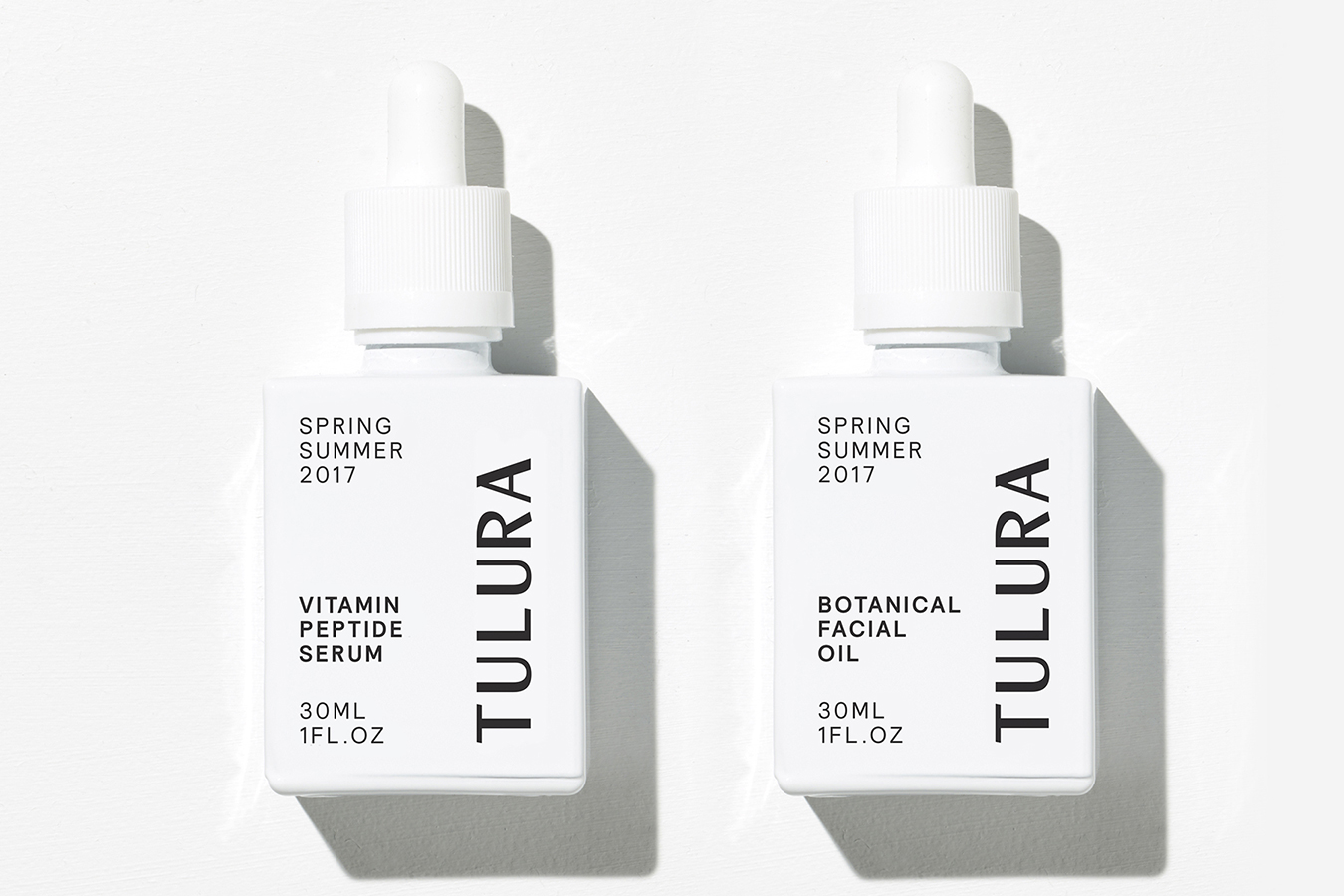
Your work is extremely vivid and distinct. What helped you find your style? Perhaps a particular designer or studio?
I like to think my style has developed over the years. It's an organic process, one that changes constantly. Life feeds into my design, what I like in life is reflected in how I design. I’ve never felt design is forced, it's completely natural. My brain is just wired for this. Most of the time it's amazing, and sometimes I think it's a bit of a curse! I fall in and out of love with design a lot. In terms of being influenced by a particular designer or studio, I would say no. Of course I admire certain designers/studios but not to the point that they influence my work. I owe it to our clients to not be influenced, and myself.
Build's portfolio has a great collection of design-centric clients. In regards to the clients who may not have worked with designers before, how do you educate them on the design process?
I believe design is an inclusive world. I don’t believe in design as being this higher thing that only designers can and should understand. I enjoy working with people who perhaps aren’t so design "conscious". I think that meeting point is where great design can happen. The process is unfettered by a preconceived idea of what is good or bad. A bad idea can be a great idea. Generally, no one knows a clients business better than the client. It takes the combination of that knowledge and someone (the design studio) to look at that business from a different angle and see how the two can meet. I love the idea that we start with a blank page and out of conversation comes something amazing. I think about this a lot. It's amazing.
In some cases, smaller clients have low budgets but higher creative freedom; whereas the larger clients offer the opposite. Do you feel having larger clients in your portfolio deter smaller clients from approaching a studio—therefore missing out on the creative freedoms?
It's a really interesting point. We have had multiple conversations over the years with smaller clients who say we are not sure we can afford you because you have worked with X, Y & Z. In those situations, we always say try us! If it's a really interesting project and we can fit it in and take the smaller fee, we will. I would definitely imagine we have lost out on quite a few projects simply because the potential client never asked the question. That's life though right? All I would say is please ask. :)
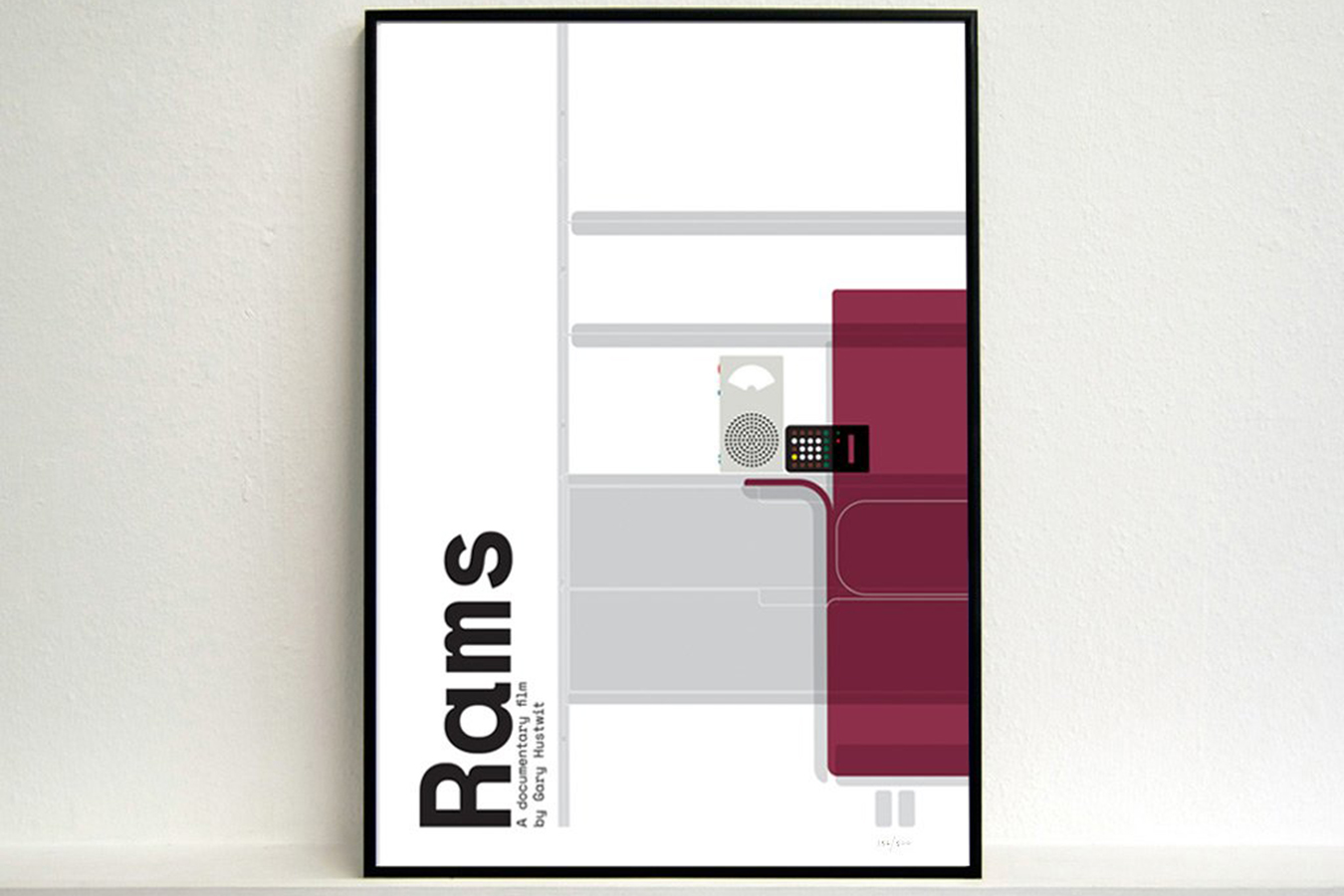
How do projects flow through your studio?
A project comes in through Nicky, we discuss the project, decide if the project is interesting, do we have capacity, and then talk through the finer points with the client and the process begins. Nicky and Elena manage the projects, I oversee the design and work with the design team to meet the creative needs of the client. We use Float to manage projects and have used Slack on other projects that are managed by the client. We generally have about 6 projects (and up) on at one time. Sometimes it's a bit like spinning plates, or a controlled explosion.
Build was founded alongside your better half, Nicky. How did you two meet?
We met in the TDR office in Sheffield. Nicky came over with some of the Wipeout team from Liverpool. We waved across the room, said hello and that was that. It was genuinely one of those moments in your life that you never forget. I can remember it as clear as day. That was back in 1995, and we are still together. We worked on the graphics, Nicky on the game, romance blossomed and here we are. We are a great team. We have our moments but when the chips are down we are rock solid.
What is it like running a business with your wife? And most importantly, how do you not drive each other crazy?
Running a business with my wife is great, amazing, and brilliant. But it can also be tough, I’m not going to lie! Nicky would say the exact same thing. I think the biggest advantage is a truly shared end goal. Everything we do is ultimately for us; we share the good times and the bad. Sometimes it's hard getting away from work, and I struggle with that. We do drive each other crazy sometimes!
Just last year you relocated your studio from London to Leeds. What was the catalyst for the move?
We moved back for a mix of personal, life, and business reasons. Personally, I wanted to move back up to Yorkshire to be near my family. I’m from Yorkshire and I love the county. I love the attitude of the people and I felt that the time was right to move back up. In terms of life, I was hoping to address the eternal question: work/life balance. I’m not entirely sure we have managed to address that balance yet, but I think we are getting there! And for business, we felt that the time was right to move it lock, stock and barrel up the A1 to The North.
Were you nervous that clients wouldn’t follow you?
This is part of a much wider question about The North & The South, which I personally think is a very outdated conversation. Yes, some people still think you need to be in London to be a serious studio; I do not. Some clients definitely struggle with the idea that you aren’t just down the road, and that is fine, there is no point arguing that point. We work with clients all around the world with no problem whatsoever. This is a modern world. The way business is done is different, people are comfortable with communicating by email, talking on the phone and having meetings on Google Hangouts or Skype. Modern businesses and organizations have been working like this for years now.
So, the notion that clients wouldn’t follow us for moving 194.5 miles from London to Leeds is pretty ludicrous, but we did naturally think about it. We have had, I think, 2 prospective clients who vocalized that we were too far away, which I respect. And we might have lost others that didn’t get to the point of entering into a conversation, to begin with, and we are cool with that too. It's frustrating, yes. But the world is a much smaller place now. People need to move with the times.
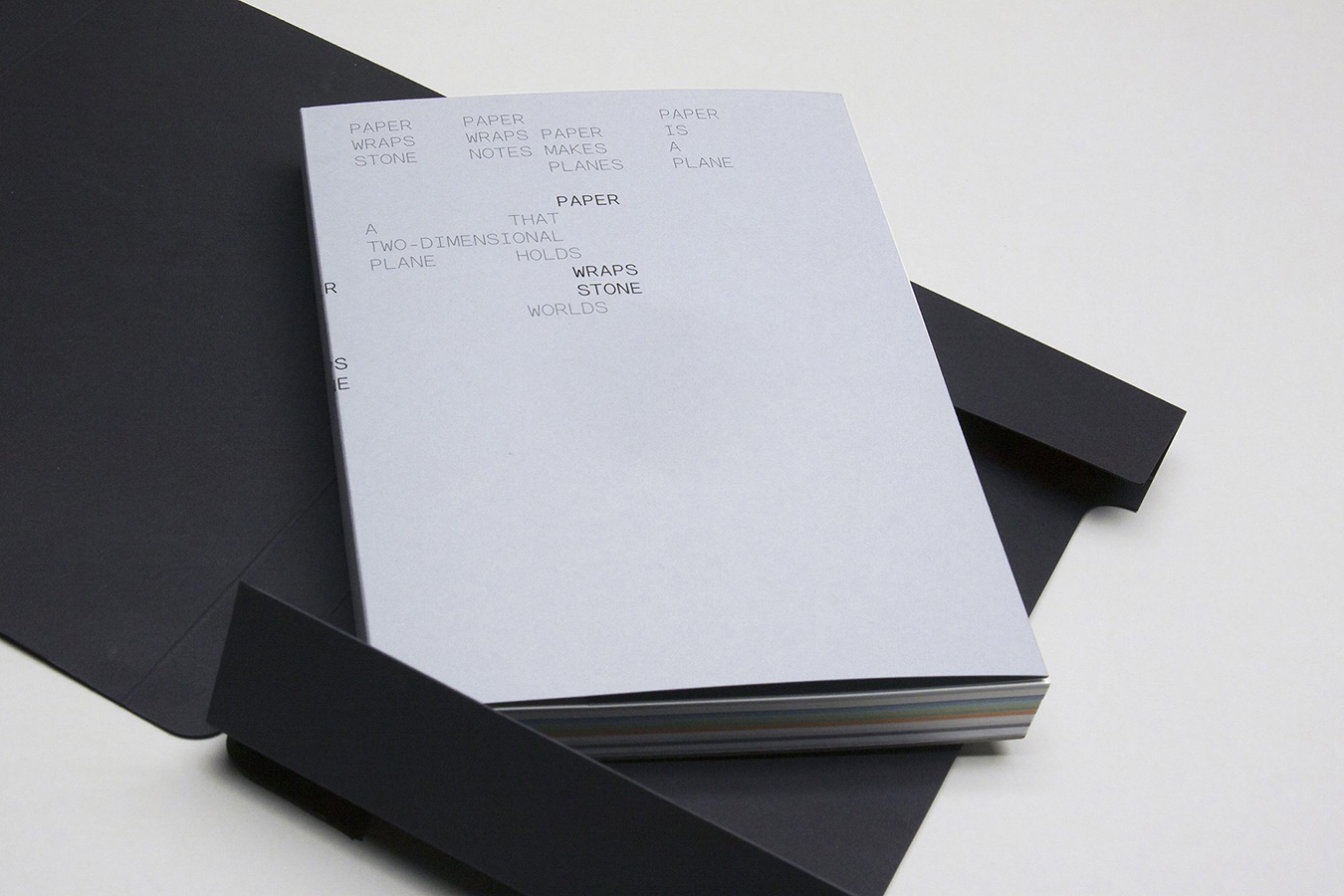
You settled your new space in the Tower Works, a building with a rich history. How did you come to find this space?
I love old buildings. I love buildings with character and history. Tower Works is great. It's a good location just south of the Leeds to Liverpool canal, which we can see across the courtyard from the studio, and behind the train station. We had heard good things about Tower Works, came to have a look around, liked it and took a space. We are about to take a further space in the building so we can get take things out of storage, set up a permanent photography space, and potentially start up the (by)Build Shop again with this space.
Since Build's birthday in 2001, I can’t recall ever seeing the studio grow past 4 employees. Is the small size is deliberate?
We are currently at 5 employees and we do work with a small group of freelancers too when projects require it. The size of the studio has always been a natural thing. We put out a lot of work for a small studio. It's definitely not deliberate. Maybe because I’ve always worked in a small team? I like to know what is going on with all the projects.
In regards to studio size, I've noticed a trend with studios where they appear larger than they actually are. Why do you think some studios, who may be only a single person, brand themselves this way?
I think that was definitely the case a few years ago. But I think big brands see the benefit of working with good, smaller agencies, which I think is really great to see. We worked with Google & Nike late last year, who are massive but understand the value a small external team can bring to their design process and thinking.
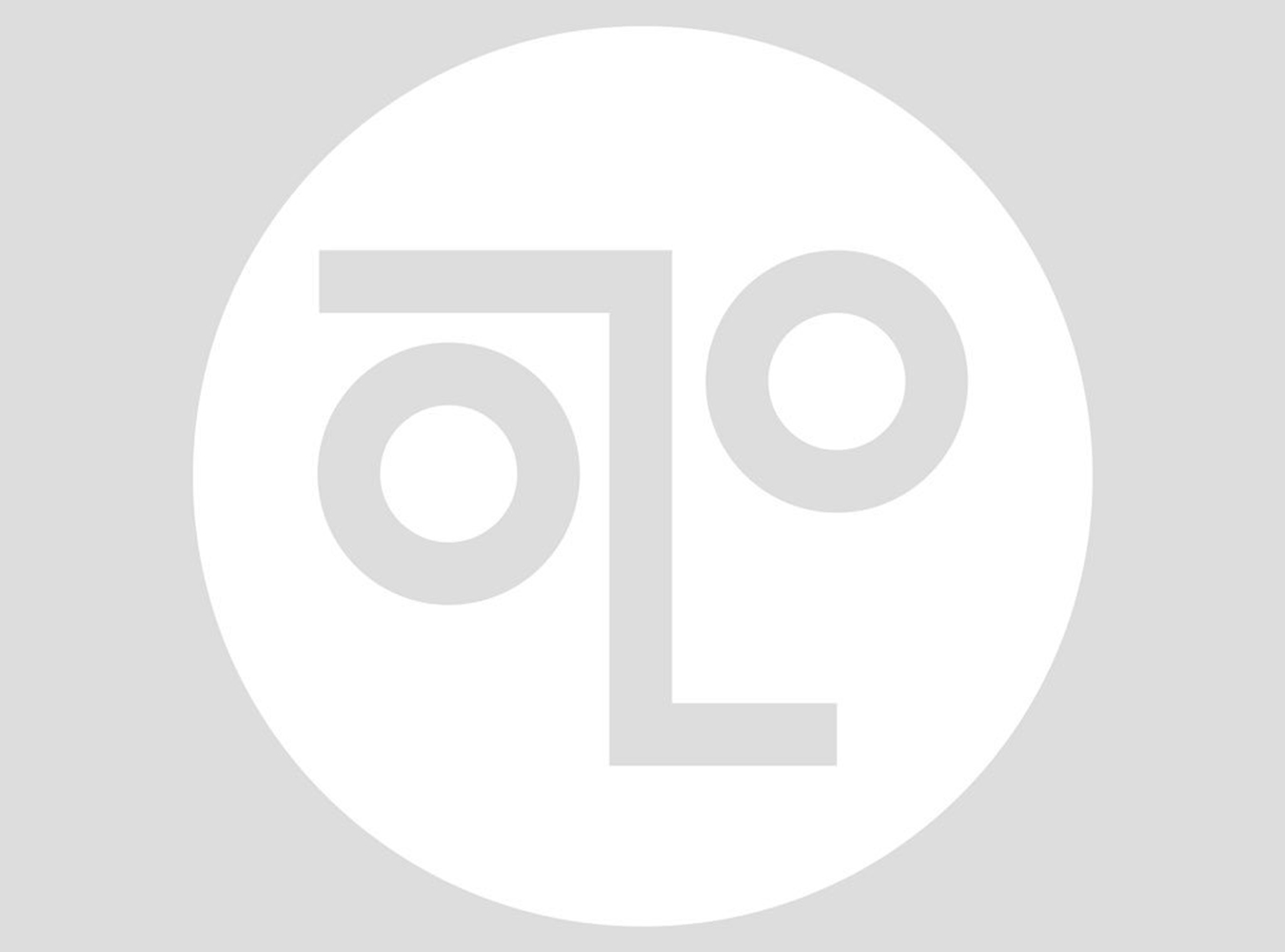
I read that your client Plæy built furniture for your new studio space as part of the payment for the identity work completed. Have you bartered with clients before? Do you feel it is a good practice for a studio?
We have on occasion, and for the most part, it has worked out well. It's not so great for cash flow though, so we are setting in place a more structured approach to these types of "deals". It has to be mutually and beneficially right for both parties. We are working with a brilliant charity at the moment which will be launching soon. We donated our fee to the charity, and it feels great to work with people who really value what we do for them.
What’s in store for Build in 2018?
We have some great new projects in the works, a new website launching, and possibly relaunching the (by)Build Shop. I’ve been working on an idea for a book which I’m hoping to get published too.
